Main Characteristics of Sheetmetal That You Need to Understand
When you hear the word “sheetmetal,” you likely picture the type of metal used to make heating and AC ducts. That is a very common use of sheetmetal, but there are many other types of sheetmetal that fabricators may use in a variety of different applications. Whether there will be section bending or welding to create specific functionality, choosing the right type of sheetmetal is important.
Sheetmetal Is Steel
While there are times when sheetmetal is very thin and flexible, it is not an aluminum product; sheetmetal is made from steel. This steel is unpredictable and has a great deal of variability, depending on the yield, impurities, and perfections.
The label A36, for example, has a yield strength of more than 36,000 psi. and a thickness of 0.0075 in. This helps fabricators choose the right sheetmetal for their jobs and to provide strong structures. This is also a drawback because the A36 label means at least 36,000 psi, but a 41,000 psi sheet will also be labeled A36, and the increased strength can lead to remarkable differences.
The more knowledgeable a fabricator is about the characteristics of sheetmetal, the more likely they will produce uniform pieces without a lot of variations and weaknesses.
Measuring and Cutting
Everyone has heard that for precision and to avoid mistakes you should always measure twice and cut once. This is especially true when working with sheetmetal because there is no forecasting software that can predict how sheetmetal will react to various conditions.
Simply put, cutting sheetmetal may lead to a variety of reactions based on temperature, cutting method, and, of course, the steel composition. Taking the time to measure twice and cut once will save materials and working hours.
Math Is a Major Part of Working with Sheetmetal
Not only do you need to know what yield your sheet metal is and the dimensions required for the finished pieces, you also need to know the temperature required for heat cutting and the angles needed for the strongest bends based on the thickness variations. It can be a complex matter to put all of these numbers together to create a functional completed piece.
Working with sheetmetal requires a bit more than a sharp pair of tin snips and pliers. Press-brake operation is a major part of fabrication with sheet metal, whether the end goal is ductwork, car parts, tool boxes or appliances. Data tables and algorithms can only go so far; it requires a metal worker who knows sheetmetal to ensure that the bends and cuts are made in a way that strengthens rather than weakens the piece.
When you’re in the market for sheetmetal tools, a trip to the nearest hardware store won’t meet your needs. Visit Quantum Machinery for all you need to work with metal, from cutting implements to mandrel benders. Whether automation and mass production is your goal or whether you prefer to be involved in every step of the process, there are machines and tools available to help you make the most of every piece of metal.


